 Karen Wiesner returns to continue sharing tips and help from her Writers Digest titles, First Draft in Thirty Days and Cohesive Story Building. One lucky person will be chosen to win a copy of First Draft in Thirty Days. To enter, leave a comment on today's post. We'll announce the winner on Monday October 22nd.
Karen Wiesner returns to continue sharing tips and help from her Writers Digest titles, First Draft in Thirty Days and Cohesive Story Building. One lucky person will be chosen to win a copy of First Draft in Thirty Days. To enter, leave a comment on today's post. We'll announce the winner on Monday October 22nd.
A builder knows the best supplies to use to produce a sound house, just as a plumber and electrician follow the guidelines and regulations of their professions. And a home decorator would never put together elements that are grossly at odds. Her job is to create something that's both pleasing to the eye and perfectly suited to the individuals in the home. In the same way, the three main story elements of character, plot and setting must be cohesive and work together in such a way that taking away a single element would be impossible because they've seamlessly become a part of each other. They complement and strengthen each other. The process by which a writer builds cohesion like this is one of layering and building up and bringing together the strengths of all aspects within his story.
Without layering, a story is one-dimensional, unbelievable, boring. Layers mean stronger plots, suspense, intrigue, emotions and motivation. Layering has another definitive component in that it produces cohesion of all elements. The elements the story are made up of might be invisible, but they work together in symbiotic cohesion. It's as if some elemental force draws each part of a story together and then fuses them until they become one and are unable to be separated.
Characters must blend naturally with the setting the writer has placed them, just as plot becomes an organic part of character and setting. If a story doesn't work, it could very well be because one or more of the character, setting and plot elements aren't cohesive. Cohesive Story Building shows how each element hinges on the other two and how to mix them until they fuse irrevocably.
Set within the framework of comparing the process of building a house to the process of building a story, Cohesive Story Building gives a solid plan of action from start to finish through in-depth examples and exercises, and finally leave-no-stone-unturned checklists that will help writers take the plan into their own writing. Many who have read First Draft in 30 Days will find Cohesive Story Building a perfect companion to that book.
What is unique about Cohesive Story Building? Why is it different than other books on the same topic? (not asking for the secret ingredient – but the need you discovered that other books didn't cover or meet)
I don't believe there is another writing reference available that stresses the importance of cohesive characters, plot and setting in crafting a novel that will absolutely haunt readers from start to finish and long afterward. I also think Cohesive Story Building goes a step further than First Draft in 30 Days in emphasizing how crucial it is to begin a project with a solid foundation.
Most, if not all, builders wouldn't even consider building a house without a blueprint. Working without them would cause unending problems. Imagine a novice builder without a formal plan, without the crucial experience to do the work. Working sans a blueprint of some sort, he'll end up with a finished product that the big bad wolf will have no trouble felling with a few wisely placed huffs and puffs. Ask nearly anyone, and they'll tell you that the mere idea of a someone building a house without a blueprint is downright laughable.
Unfortunately, the idea of an author writing a story without some sort of plan is acceptable, even encouraged, and prevalent. Don't get me wrong, those authors who have been through the process of writing a book many, many times have a blueprint regardless of whether it's formally written down or not. Their own experience in the process is guiding them. An author who's written nothing or only a few books and works without plans in one form or another to get him started may end up with unstable, disjointed stories that reviewers love to rip to shreds.
Building a house without a blueprint implies that just anyone can throw up walls, cover them with paint, put in a floor and carpet, add some comfortable furniture, and then settle back believing the work is done. But imagine when—yes, when, not if—problems crop up. In house-building, there are only three options for fixing a house with major foundation problems: 1) do nothing and pray mightily that someone buys it anyway, 2) jack up the house and lay in a new, solid foundation (which doesn't fix the problems that occurred because of the weak, original one), or 3) scrap the house and start new with an absolutely solid foundation. Story building is no different. The right elements before the first draft is begun will prevent endless rewrites and non-cohesive stories.
The purpose of Cohesive Story Building is to show writers the three distinctive layers of a story and how to build utterly solid, cohesive story elements with them. Cohesion needs to start immediately, while brainstorming, and it's crucial throughout the pre-writing and outlining of your story. Characters must blend naturally with the setting you've placed them, just as plot becomes an organic part of your character and setting. If a story doesn't work, it could very well be because one or more of your character, setting and plot elements aren't cohesive. In this book, I'll show you how each element hinges on the other two and how to mix them until they fuse irrevocably.
Where you're really going to see the miracle of wonderfully tangled up character, setting and plot is in the writing of the first draft. To set the stage for that, the major tool in Cohesive Story Building will be what's called a story plan checklist that ensures cohesion between characters, settings and plot. The story plan checklist is so versatile, you can use it for every single genre of fiction, no matter how short or long your work is. What appears to be a very simple checklist is really the entire plot of your novel in consolidated form. For this reason, when working up a proposal to submit to a publisher or agent, this same story building checklist can be used as a full synopsis with little effort! Examples of story plan checklists for bestselling novels are included along with exercises designed to help you create and hone cohesive story building muscles. Using a story plan checklist is a layer in strong building breathtaking unification of a story.
What is the major issue that keeps writers from success in publishing? Common crippling writer habits. Simple steps a writer can take to overcome bad writing habits.
I see three major issues that keep writers from success in publishing: 1) Allowing the muse to be supreme ruler instead of assistant. 2) Not grasping the need for self-discipline, and also not realizing that writer's block, procrastination, burn-out—all of these things are curable and avoidable. 3) Not working in stages.
During my early endeavors as a writer, I always went with my muse's flow and I suffered from writer's block every couple of weeks. I often burned out and took several weeks or months off from writing because I couldn't face it. Reining in my muse with self-discipline measures and making it assistant instead of ruler helped greatly.
Over the years, I've come to grips with the fact that a good portion of self-discipline is working in an organized fashion, and ultimately, I think the greatest percentage of creativity blocks are best resolved by starting every project with a roadmap. Call it an outline. Call it pre-writing. Call it whatever you want. Writers who use some kind of map spend more time writing a story than searching for one. Most authors need that structure to produce anything worthwhile. If you work with an outline, you know exactly what you need to write every day and you'll sit down to your computer ready to work. You don't need to worry what needs to go on that harrowing blank page. You've already figured it out by completing a scene-by-scene outline. And, if you're using goal sheets for the year and for each project, you know exactly what you need to complete each day in order to make your annual and project goals. You leave yourself with no excuse.
Burn-out occurs from working ourselves into the ground and it can hit even the most careful if you're not keeping the soil in your brain fertile. Take regular breaks, read voraciously in every genre (and not simply the one you write in!) and allow your mind to recover and become rich again, so that you're constantly brainstorming. Constant brainstorming is a cure-all that helps you avoid both writer's block and burn-out.
There are several, very distinct stages in writing a novel. They include:
1) Brainstorming
2) Outlining
3) Setting the outline aside
4) Writing the novel
5) Setting the novel aside
6) Editing and polishing the novel
Working in stages is essential for many reasons. Brainstorming should occur, most ideally, over a period of years before you'll have enough details accumulated to begin an outline. Once the outline is completed, allowing it to sit for a couple of weeks—or even months—before writing the first draft is absolutely essential. The next time you pick up your outline, you'll have a fresh perspective and can evaluate if it really is as solid as you believed it was when you finished it. You'll also see more of those connections that make your story infinitely cohesive.
Another reason for setting projects aside between stages is that writers always reach a point where their motivation runs out and they may simply want to get away from it as fast as they can. With every single book, I get to rock bottom and I'm convinced that if I ever see it again, I'll tear it to shreds. Setting it aside between the various stages the project goes through really gives me back my motivation (and love!) for it in spades. I'm always amazed at how much better I can face the project again when I haven't seen it for a week or even a month or two. I fall in love with it again. The next stage in the process becomes easier, too, and that helps my writing to be much better.
Also, the more books I have contracted, the more I seem to need these breaks in-between stages, or even when I feel a project isn't working. If I put it on a backburner for an extended period of time (as long as I can possibly allow and still meet my deadlines), amazing things happen over a low flame. By the time I return to it, I find myself bursting with new ways to fix the problems I couldn't pinpoint when I was too close to and sick of it.
A few signs that a writer is not ready for publication.
Could it be the writer who can't let go of his or her only book, lol?
Seriously, if the following describes you, you're probably in the early stages of being a writer and aren't quite ready for publication: You're positively on fire for your craft...when the muse has you in its fickle grasp—then and only then. When the muse is on vacation (or is withholding favors), you feel you have no sense of purpose or direction. You frequently fall into bouts of extreme depression or moodiness. When you're in the grip of writer's fever, you're the happiest, most fulfilled person in the world. When you burn out like a comet in the night, —and it is always that dramatic—you're miserable. You'll write day and night for a couple weeks or months solid, conceivably producing anywhere up to fifty or more pages a day. Writer's block is a constant fear. You may or may not ever finish a project. If you're unpublished, more often than not, you don't finish. When the muse comes back, you generally start a project from scratch rather than finish where you left off, or you completely scrap it and start something new. You tend to write in a non-linear, chaotic fashion, heeding your muse in whatever direction it calls. There is no feeling of control over this creative urge you have.
This is by no means a slur on writers in this early stage. It's during this time that a writer learns the very foundation of being An Author . You learn what you can do, that you can extend yourself with practice on those things you don't think you can do, that you really do have more than an extreme hobby here. You learn to love writing and creating with all your heart and soul, sporadic and undisciplined as you may be. Your goal isn't to be a productive writer or even a published one. You want to be a good writer, a creative one who improves and learns and enjoys the whole process. Writing, re-writing and re-writing and re-writing and writing some more is how you grow.
If you rush headlong into the commercial aspects of being a writer (i.e., getting down to business and trying to get published), you'll miss some of the most valuable education you'll ever gain. You—holding the hands of experts who offer writing reference books or published authors—teach yourself to be a good writer.
All writers should give themselves the time they need to refine and learn to love their craft, to believe in themselves enough to take the next, crucial step. Do it in whatever way works for you, even if it's crazy.
But, yes, there is a time to move beyond that wonderful stage. I think you'll know when the time has arrived for you. You'll have at least one near-perfect, complete manuscript that you believe in with all your heart. Quite possibly, you'll have many more than that. You'll also feel a strong urge for direction and discipline as you approach each project. You'll become mature enough to accept criticism and use it objectively to make your work stronger. You'll want the world to read your work and embrace it and love it as you do. That is the time to rein in your muse, to train it to assist you instead of control you and to get down to the business of becoming a productive writer who sells that near-perfect manuscript of your heart.
Which of your works are you the most pleased with? (either fiction, non-fiction, whatever) And why?
I have several favorites in my writing, too numerous to cover. I will say that I'm extremely pleased with Cohesive Story Building . Like I believed First Draft in 30 Days would be received when it was released, I expect that a lot of writers will find story building a world easier by using the methods laid out in this reference.
For fiction, I do want to mention a new sale I'm very pleased with: I've sold the first book in a new inspirational romance series, Family Heirlooms. Baby, Baby was the result of some personal issues and a great desire the Lord put on my heart to write inspirational fiction more steadily. While I don't feel called to limit my writing to only inspirationals, I was very happy when I realized I had many ideas in this area and that God decided to bless this first series of inspirational romances by seeing to it that Book 1 sold.
For more information about any of my books, to register to be notified of my releases, to read excerpts, sign up for my newsletters, or request brochures, I invite you to visit my website.
Remember, one lucky commenter will be chosen from a hat to receive a copy of First Draft in Thirty Days... you know what to do!




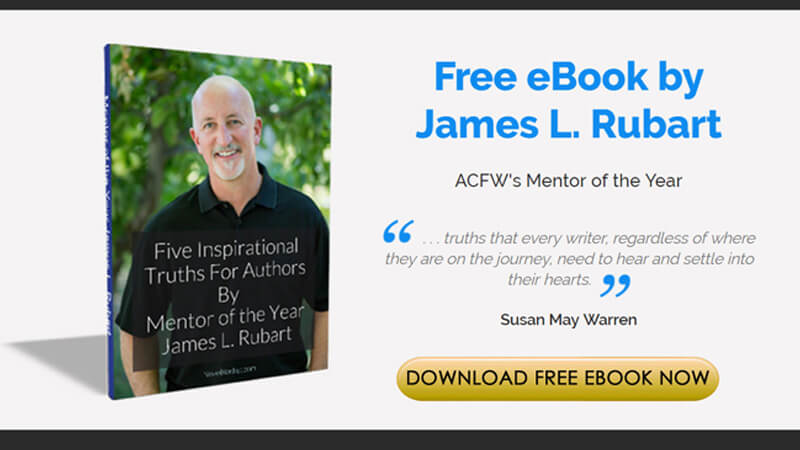

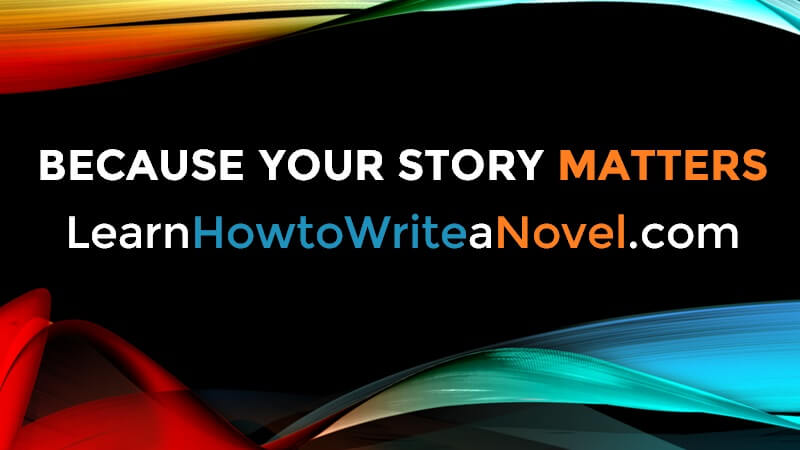
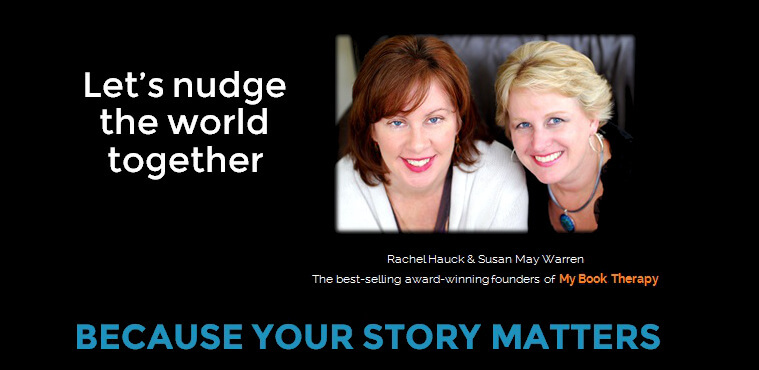
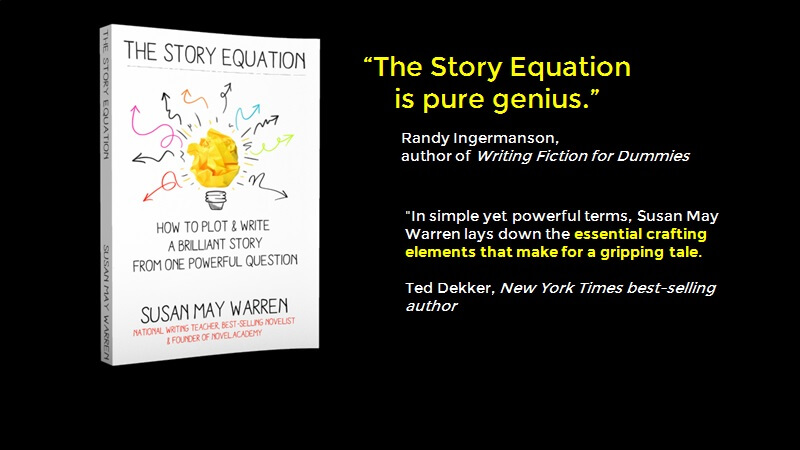
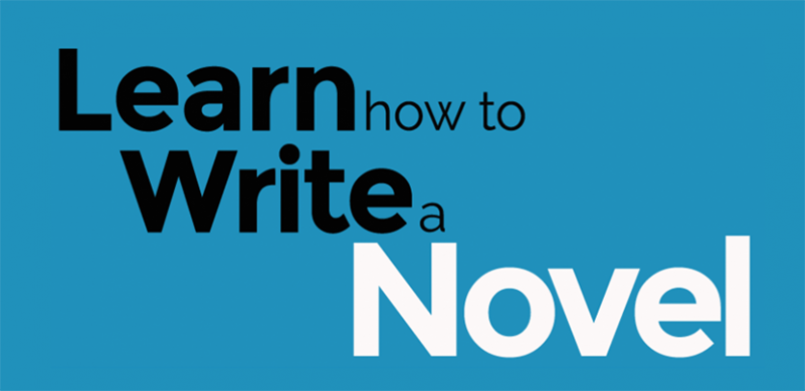


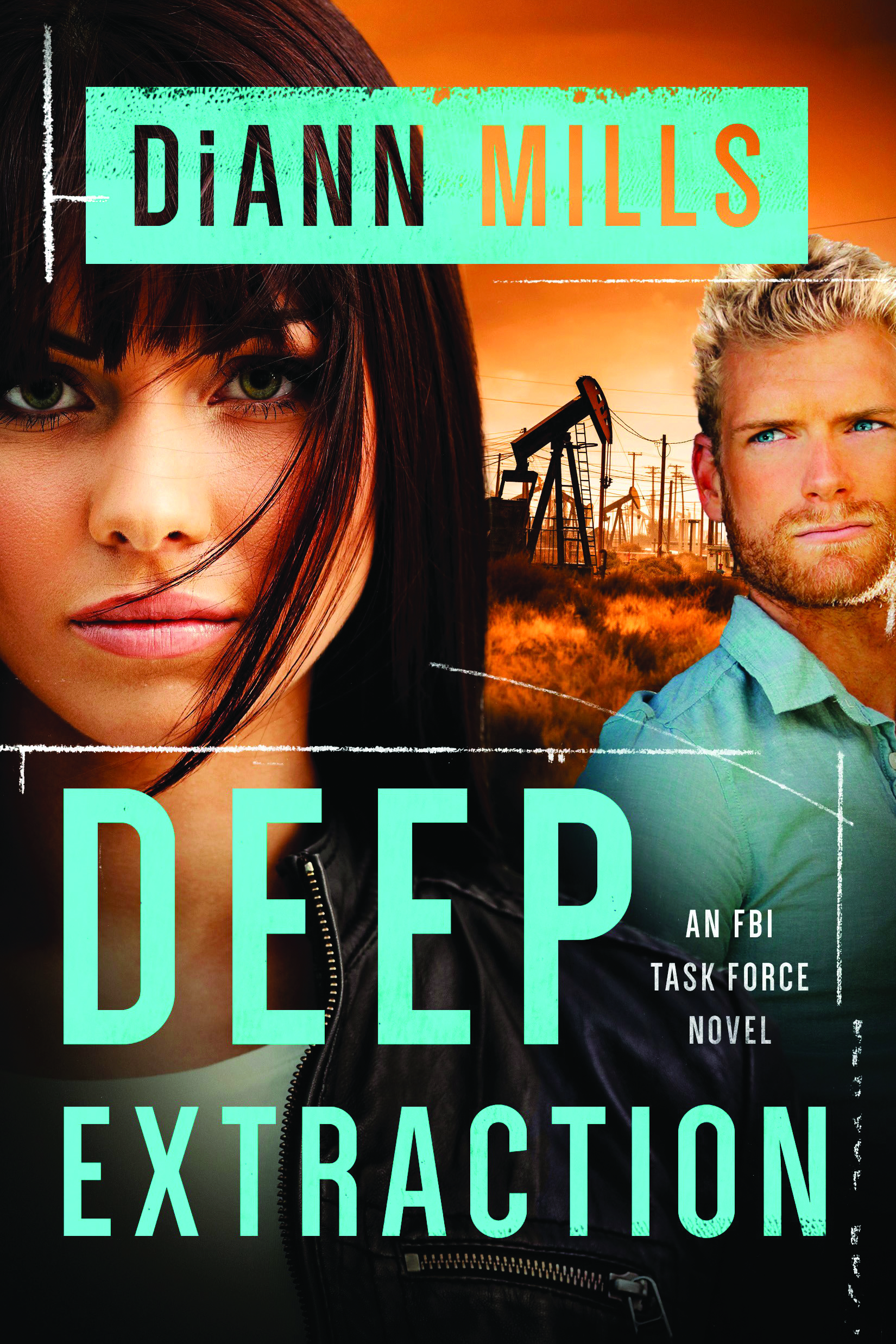
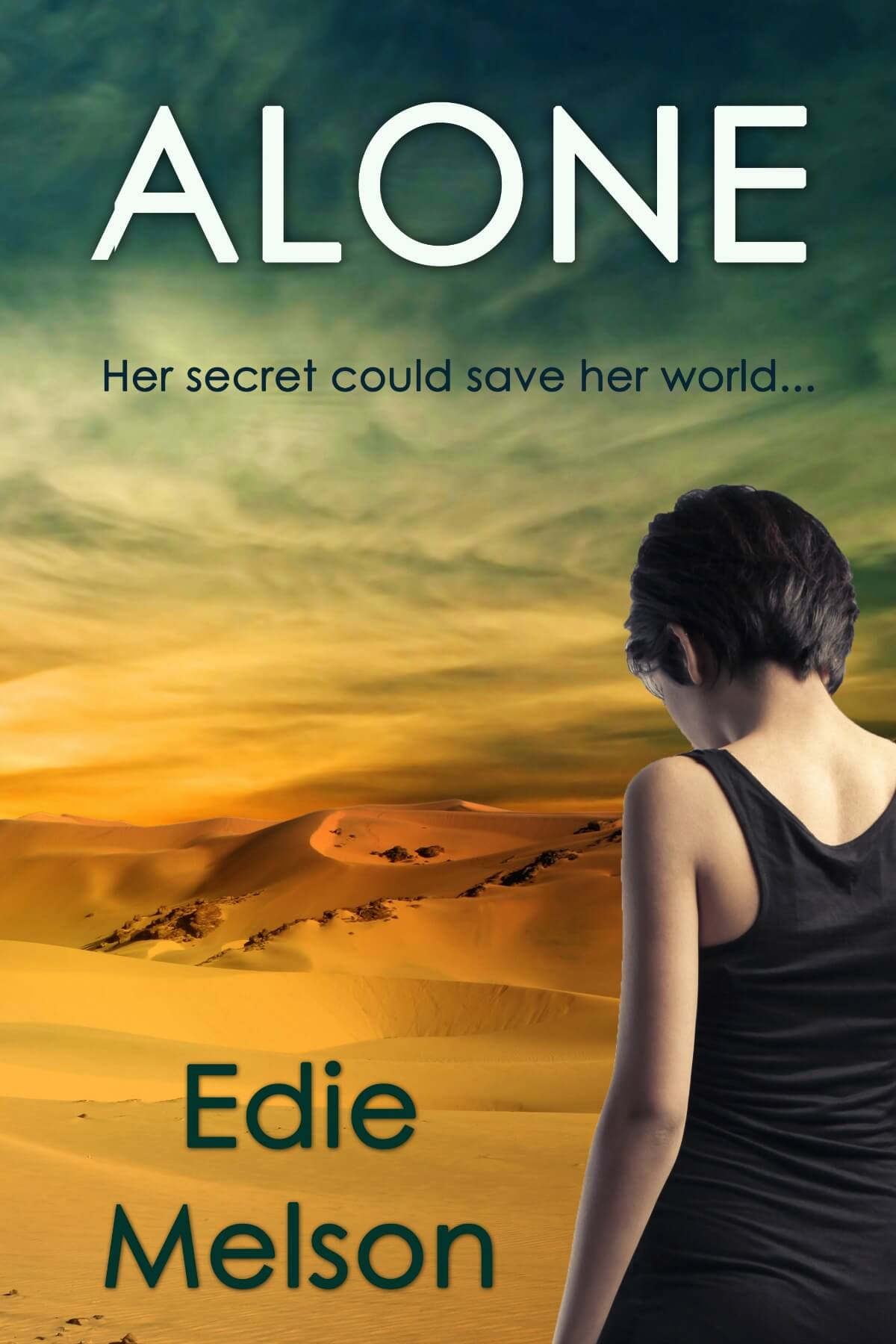









Wow, lots of great inspiration here. Karen's books are definitely going on my TBR list. Thank you NJ for both of these great posts with Karen!
ReplyDeleteThanks for joining me and for your comments, Sheryl. You can register to be notified of the release of Cohesive Story Building at my website. Just click on my name to get there. : )
ReplyDeleteI wanted to post this for those who join me today:
ReplyDeleteNovember 10, 2007, all day: Karen Wiesner will discuss FIRST DRAFT IN 30 DAYS in the Cobblestone Main Street Community College. Karen will also participate in a Q & A session with forum members. Those participating in the discussion will be entered into a drawing to receive a free copy of FIRST DRAFT! Karen will also hold a contest for an autographed copy of the book! The forum will be held here: http://www.cobblestone-mainstreet.com/forums/forumdisplay.php?f=210. You must be registered at the site to participate. To register for Cobblestone Main Street, go here to create an account http://www.cobblestone-mainstreet.com/forums/register.php. Your membership will be approved within 48 hours--so please make sure to register well before November 10th!
Very informative indeed and I look forward to readng both books. I fond some definite help in reading this.
ReplyDeleteI would really love to win a copy of the book.
ReplyDeleteThanks for joining me today, Christopher and Lena.
ReplyDeleteI don't know when I've taken more away from an interview. They sound like great books.
ReplyDeleteThis sounds like the solid, practical advice we can all profit from! I'd love to be eligible for this drawing! Great interview!!
ReplyDeleteKim
Informative and interesting interview! I've heard so many good things about Karen Weisner's FIRST DRAFT IN 30 DAYS. Now I want COHESIVE STORY BUILDING, too.
ReplyDeleteNancy
Thanks again, Karen.
ReplyDeleteYou were a deep well of great info.
Thanks, Tina! I appreciate your comments.
ReplyDeleteKim, I consider myself a layman's teacher of writing. I hope I provide something for anyone interested in learning practical ways to get the job done.
Thanks, Nancy. I really use the methods in both works--after all, if I couldn't get them to work myself, I wouldn't advise anyone else to use them. While it's been true since I left behind my seat-of-the-pants method of writing and started using my own version of First Draft in 30 Days, I'm really finding the companion method (especially the story plan checklist) in Cohesive Story Building invaluable in my fiction writing. I've saved so many almost-there-but-something's-missing books with it.
Kelly, thanks for having me on Novel Journey (again!).
Thanks, everyone, who took the time to stop by.
Karen, thank you so much for such a thorough and informative post! I'm on my way to your website to leave an order for your book.
ReplyDeleteThank you, Ane.
ReplyDeleteAs I said in Part I of this interview, you can register to be notified of the release of Cohesive Story Building at my website (click on my name).
Also, if you're interested in signing up for my newsletter, either send a blank e-mail to KarensQuill-subscribe@yahoogroups.com or subscribe at my website. Little subscribe boxes are on nearly ever page.
Excellent advice... I like the analogy to building a house. Lots here to think about and ponder over as I work on my writing.
ReplyDeleteThanks for the great advice! It's very helpful and thought-provoking.
ReplyDeleteRhonda :-0
I enjoyed the interview very much. Thanks so much for taking the time and giving such in-depth answers.
ReplyDeleteKaren, thanks so much. I've read both Part 1 and Part 2 of your interview (although, for some reason, my comment for Part 1 did not show up).
ReplyDeleteYour approach to writing makes a lot of sense. Please count me in for the drawing. I'm looking forward to reading both of your books.
Thanks for joining me, Koala bear writer, blessedheart, Jessica and Lydia!
ReplyDeleteWow - a lot of this makes sense to me. I always thought I was a SOTPster, but I'm finding it would be so much easier to have things planned out ahead at least to some degree. I find I have to stop and research this or that, etc.
ReplyDeletePlease enter me in the drawing. It sounds like a book I can really use. :)
Wow -- so helpful. Thank you! I just found this site and am so glad I did.
ReplyDeleteGood stuff. I'd love to win your book! :)
ReplyDeleteMarcia
Wow, what a wealth of info! Thank you both for the interview. Put me in the drawing!
ReplyDeleteKarri
Hi girls. Great interview. I like the info. The book sounds amazing.
ReplyDeleteOh, btw...the lin you have listed for Karen at the end of the post, where it says "My Website" is not a valid link.
Karen's website is:
http://www.angelfire.com/stars4/kswiesner/index.html